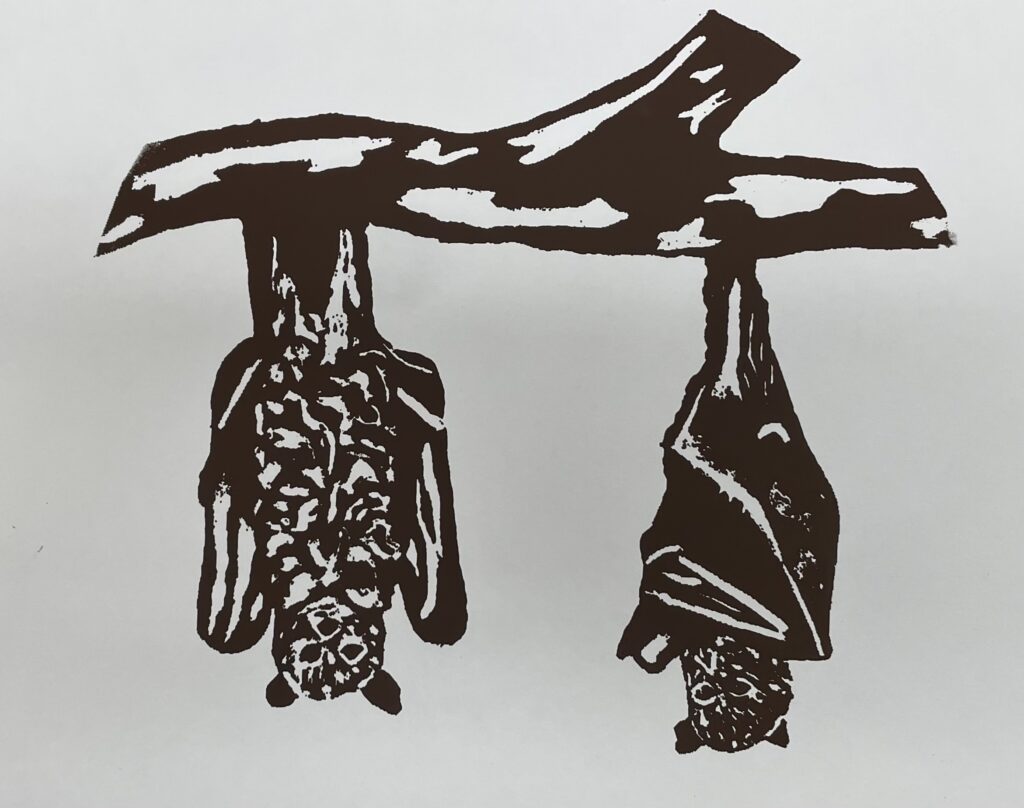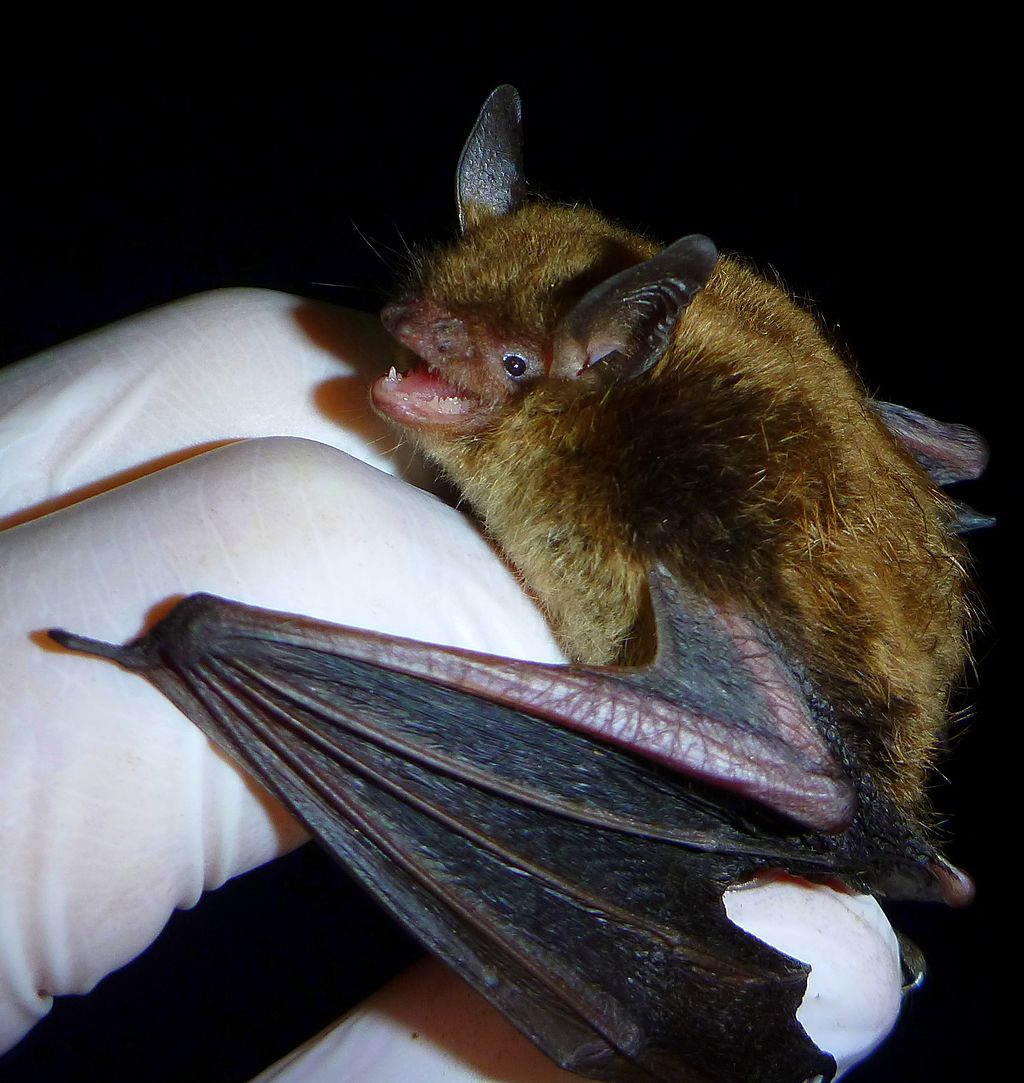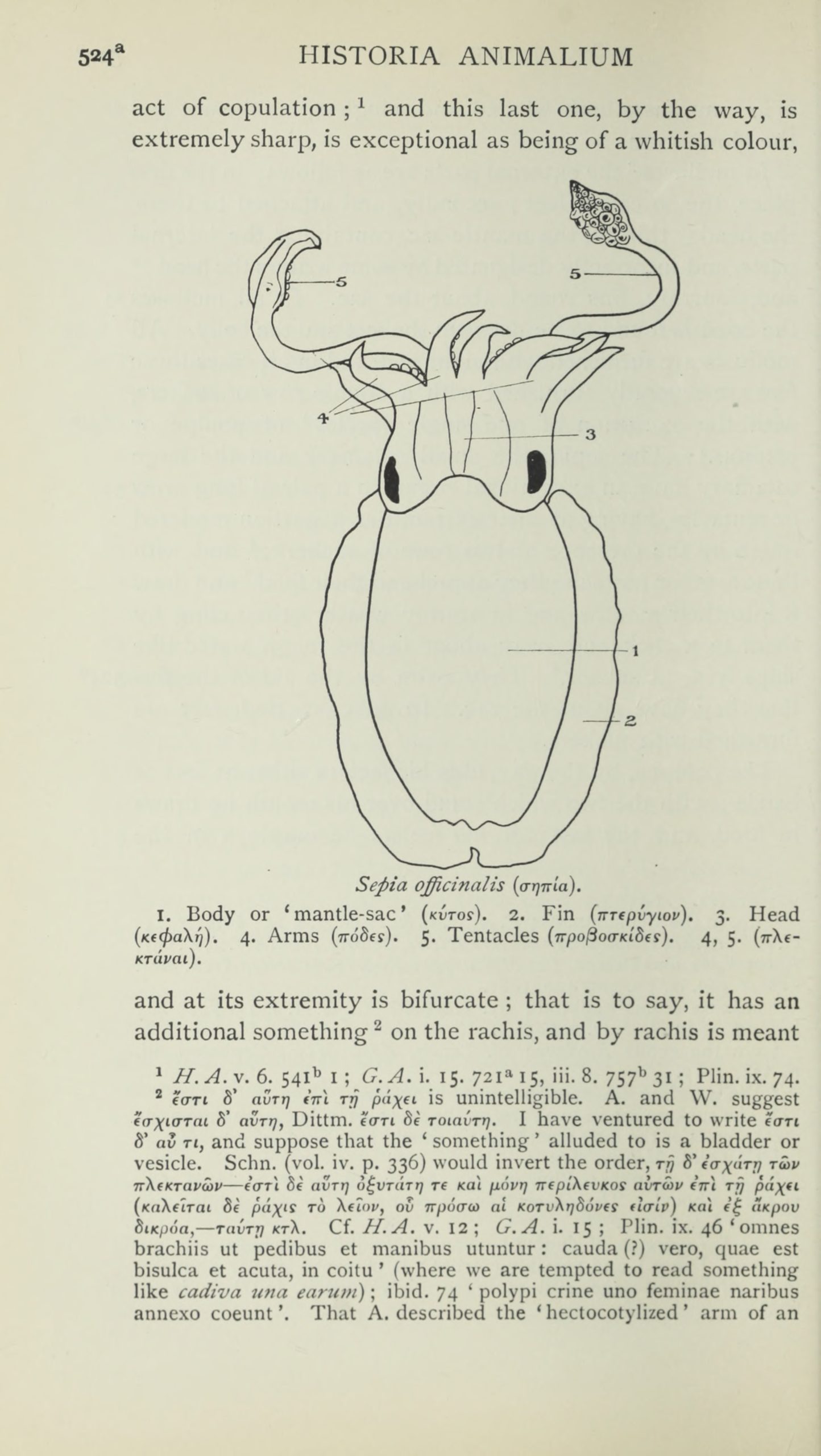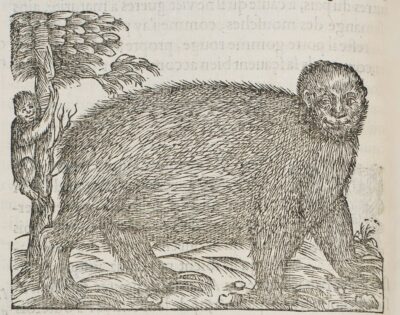| Creator | Staci Bishop |
| Media Form | Photograph |
| Genre | Wildlife Photography |
| Technique | Photograph |
| Date and Creation of Location | Ohio, July of 2013 |
| Publication Information | First known to be published on Wikipedia |
| Species Represented | Myotis Lucifugus |
In similar fashion to an art project I did in high school, I decided that while trying to chose a species to research for this project, instead of picking my favorite animal that first came to mind, I chose a more misunderstood animal; bats. I had decided that while talking about one of my favorite animals would be fun, I would much prefer to talk about how society views them negatively and why they shouldn’t, because despite the fact that they might not be the most attractive animal to some, they are incredibly important to our ecosystems.

Often times when people think of bats, their first thoughts are negative. Evil, disease carrying creatures that are only pests in the environment is often a typical description that most people might think of when bats first come to their mind. There are many old myths from a plethora of cultures that represent bats as being a sign of being haunted, death, and even eternal damnation.
Bats are a very essential part of the ecosystem. According to an article from the United States Fish and Wildlife Services, bats are essential to pollination, pest control, and seed dispersal. Some of our favorite foods, such as, mangos, peaches, cashews, and avocados all rely on the pollination from bats. Without the pollination from the bats, there would be no way of supporting the demand for these foods. Bats are also an important part of certain ecosystems. For example, in the East African savannah, the baobab trees, are critical to their ecosystem. Also referred to as the “African Tree of Life”, they help keep soil conditions prime for life. These trees rely on the pollination of bats, so therefor without bats, these trees would die, causing a collapse of the East African savannah ecosystem. This is just one of many examples of how bats are so integral to the ecosystems around the world.
Not only do bats aid in pollination, they limit the amount of pesticides that are needed. According to an article by United States Geological Survey, little brown bats are able to eat 4 to 8 grams of insects a night. Again referring to the Fish and Wildlife Services article previously mentioned, bats save up to $3 billion each year because of the their insect diet, due to less demand for pesticides.
So while bats might not be the most popular animal, or associated with positive things, they are an incredible and necessary part of our ecosystems and our planet. Without them our ecosystems would collapse, certain food sources would no longer be available, and there would be a lot more insects and need for insecticide.
Sources
The Folklore of Bats: From Mythology to Witchcraft to Fact, owlcation.com/humanities/The-Folklore-of-Bats. Accessed 12 Oct. 2023.
Benefits of Bats – Bureau of Land Management, www.blm.gov/sites/blm.gov/files/benefits_of_bats_brochure.pdf. Accessed 12 Oct. 2023.




